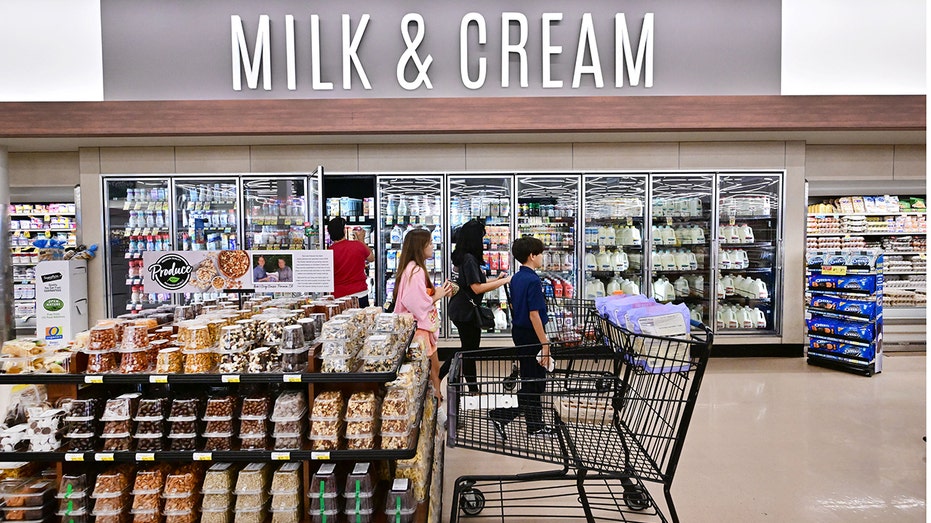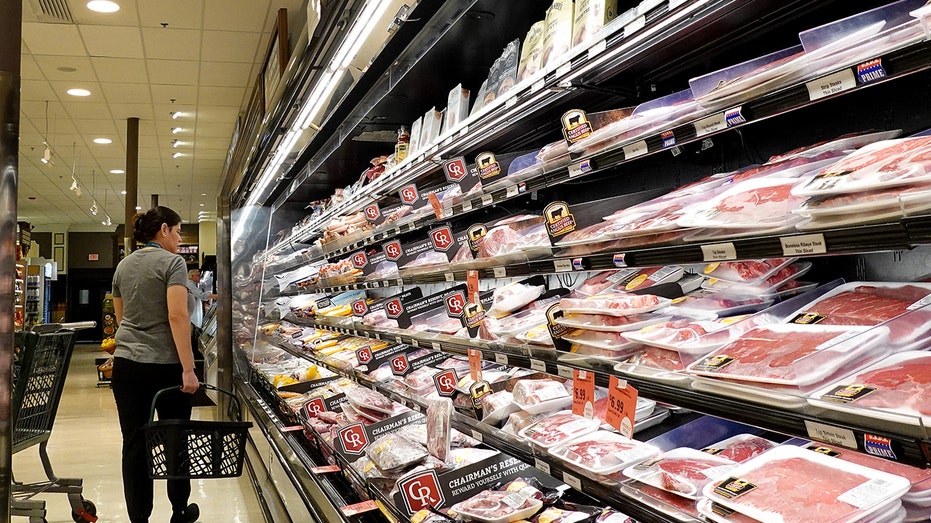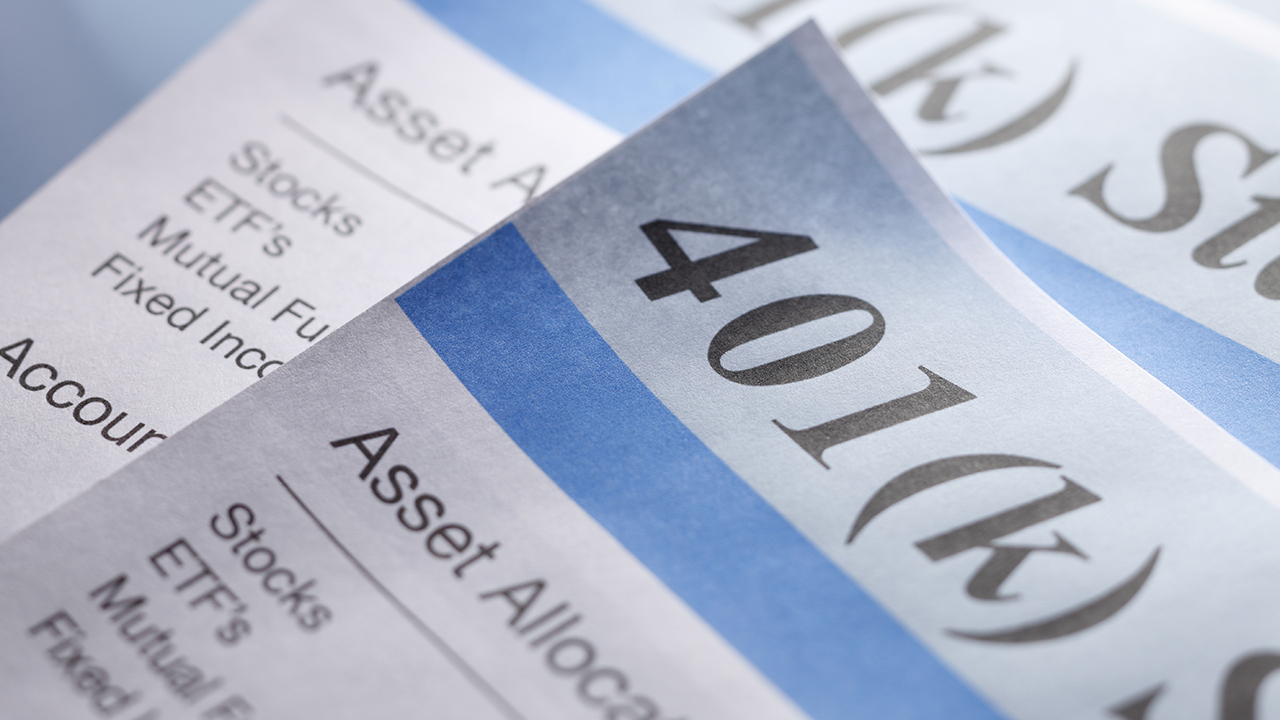401(k) 'hardship' withdrawals surge to record high as inflation squeezes Americans
Americans tapping 401(k)s for financial emergencies amid painfully high inflation
Economic landscape is 'shifting from inflation risk to recession risk': Saira Malik
Nuveen CIO Saira Malik discusses Nuveen's 2023 Playbook, if a recession is inevitable, and provides tips and an outlook on stocks, on 'Barron's Roundtable.'
A record-breaking number of Americans are making emergency withdrawals from their 401(k) retirement plans in order to cover a financial hardship as high inflation rages, according to new data from Vanguard Group.
Nearly 0.5% of workers participating in employer-sponsored 401(k) plans made a so-called "hardship" withdrawal in October, according to Vanguard, which tracks about 5 million accounts. That marks a major increase from the 0.3% rate recorded during the time last year and is the highest level since Vanguard began tracking the data in 2004.
"The recent increase in households drawing on their employer-sponsored retirement accounts could be a sign of some deterioration in the financial health of the U.S. consumer," said Fiona Greig, global head of investor research and policy at Vanguard.
Hardship withdrawals allow workers to tap their 401(k) for an "immediate and heavy financial need."
MORE AMERICANS GETTING A SECOND JOB AS HIGH INFLATION RAGES

Shoppers walk through the milk and cream section of a supermarket in Montebello, California, on August 23, 2022. ((Photo by FREDERIC J. BROWN/AFP via Getty Images) / Getty Images)
Individuals who make these types of withdrawals owe income tax on the money and could be hit with a 10% early withdrawal fee if they are under the age of 59½. However, the penalty can be waived if workers provide adequate evidence that the money is being used for a qualified hardship, such as a medical expense.
A person who takes a hardship withdrawal also cannot pay it back to their 401(k), and cannot roll that money into another retirement-savings account.
The increase in Americans tapping their 401(k)s for emergency purposes comes as they confront stubbornly high inflation that has rapidly eroded workers' purchasing power.
INFLATION HOLDS GRIP ON US ECONOMY AS PRICES REMAIN STUBBORNLY HIGH
The government reported last month that the consumer price index, a broad measure of the price for goods including gasoline, groceries and rents, rose 0.4% in October from the previous month. Prices climbed 7.7% on an annual basis, near a 40-year high.

The Bureau of Labor Statistics is expected to release August consumer price index figures on Sept. 13, 2022. (Photo by Joe Raedle/Getty Images) / Getty Images)
When accounting for inflation, average hourly earnings for all employees actually declined by 2.8% in October from the same month a year ago. On a monthly basis, average hourly earnings dropped by 0.1% last month when factoring in the consumer price spike.
Americans are increasingly relying on their savings and racking up credit card debt in order to pay for necessities. The personal savings rate tumbled in October to 2.3%, the lowest in 17 years, the Commerce Department reported last week. On top of that, household debt rose during the third quarter at the fastest clip since 2008, with credit card balances jumping by 15%, Fed data showed.
GET FOX BUSINESS ON THE GO BY CLICKING HERE
"Relying on savings and inventories won’t bolster spending for too long," said Tuan Nguyen, U.S. economist at RSM. "It is likely that this holiday season might be the last for a while with such a strong spending push."





















